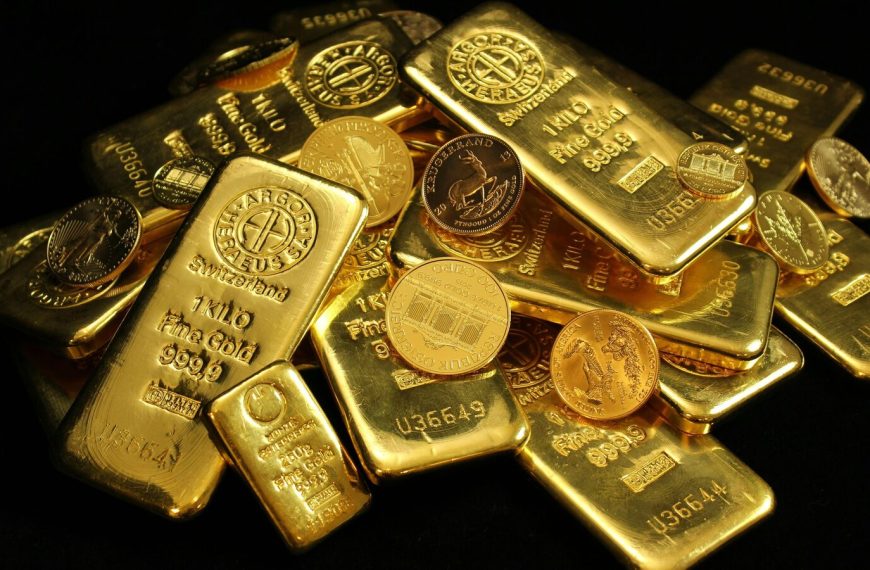Gold prices experienced a significant surge of over 1% on Thursday, mainly driven by bargain hunters, after the precious metal reached a one-week low amid rising optimism surrounding the U.S.-China trade negotiations. As of 0453 GMT, spot gold saw an increase of 1.2%, reaching $3,326.42 per ounce, while U.S. gold futures climbed 1.3% to hit $3,337.50.
Volatility in the Gold Market
The non-yielding nature of gold makes it a favored asset during times of uncertainty, and it recently touched a record high of $3,500.05 on Tuesday. However, it dipped below the $3,300 mark on Wednesday. This week’s fluctuations have been attributed to both technical factors and market sentiment.
- Key Points:
- Gold reached a high of $3,500.05 on Tuesday.
- Experienced a drop below $3,300 on Wednesday.
- Current spot price is $3,326.42.
Kyle Rodda, a financial market analyst from Capital.com, commented on the situation: “The volatility we’re observing is largely influenced by technical aspects and headline risks. However, the underlying fundamentals remain robust, encouraging investors to take advantage of price dips.”
Trade Talks Affecting Market Sentiment
U.S. Treasury Secretary Scott Bessent highlighted the challenges posed by high tariffs between the U.S. and China, suggesting that their current levels are not sustainable. He noted that these tariffs need to be reduced for further trade discussions to take place, although President Donald Trump is unlikely to unilaterally eliminate tariffs on Chinese goods.
In an interesting development, reports indicate that Trump may consider exempting car manufacturers from certain tariffs, following extensive lobbying efforts from industry leaders. Rodda emphasized, “We will maintain an upward trend until the Trump administration reassesses its trade policies.”
Economic Impacts of Tariffs
The International Monetary Fund (IMF) warned that ongoing tariffs could hinder global economic growth and increase debt levels worldwide. Bessent noted that if the Trump administration’s strategies are enacted, U.S. economic growth could exceed the IMF’s adjusted estimate of 1.8%, which was revised down from 2.7% earlier this year.
In the broader market context, the dollar index dipped by 0.2%, making gold priced in dollars more affordable for international buyers. Meanwhile, other precious metals faced declines as well:
- Spot silver decreased by 0.5%, settling at $33.37 per ounce.
- Platinum also fell 0.5% to $967.45.
- Palladium dropped 0.7%, landing at $937.48.
With these developments in the gold market and trade negotiations, investors are keenly watching for further changes that could impact pricing and market stability.











